The Mystery Of T. Rex’s North American Origins Has Finally Been Revealed
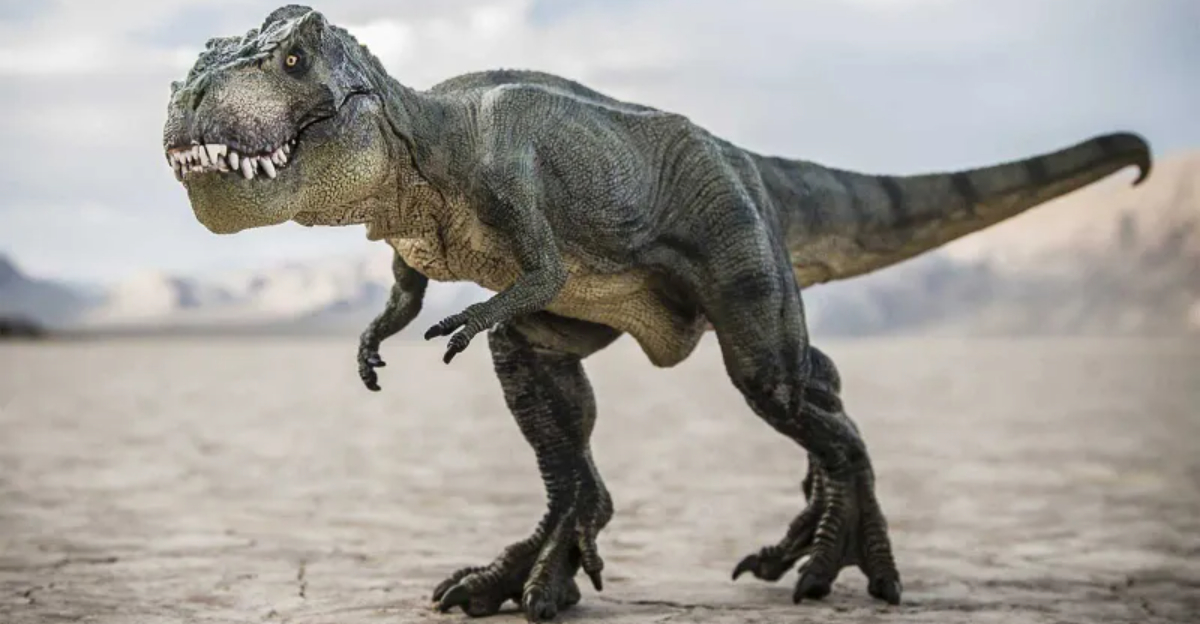
For decades, we thought we knew where the king of dinosaurs came from. T. Rex fossils have been found all over North America, leading many to believe this fearsome predator evolved right here.
But exciting new research is shaking up everything we thought we knew about this famous dinosaur’s family tree.
Scientists are now looking across oceans for answers about where this giant carnivore really began its reign.
Scientists Rethink The Origins Of The Most Famous Dinosaur
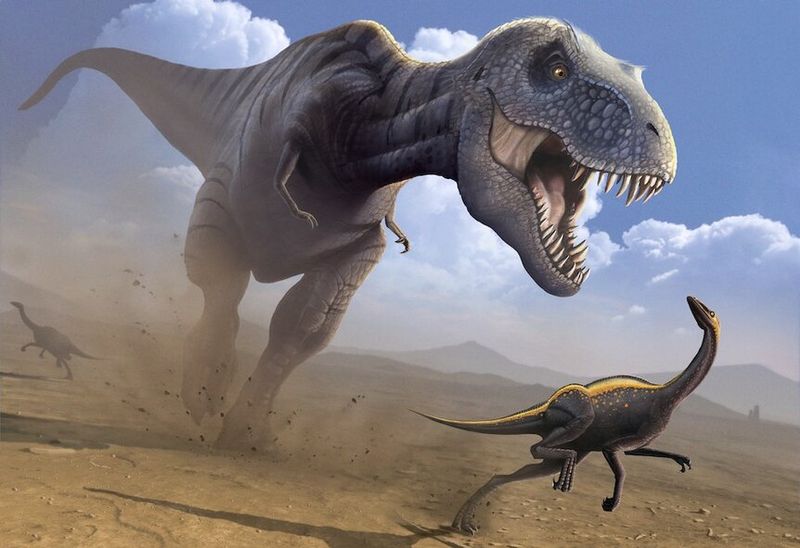
The mighty Tyrannosaurus rex has long been considered an American icon in the dinosaur world. Its massive skull, powerful jaws, and tiny arms have become instantly recognizable to children and adults alike.
Recent discoveries are forcing paleontologists to question this dinosaur’s birthplace. Fossil evidence from across the globe doesn’t quite match the story we’ve been telling for over a century.
By examining bone structures and comparing them with similar species found in other continents, researchers are piecing together a very different origin story for the king of dinosaurs – one that might lead us far from American soil.
Paleontologists Debate Whether T. Rex Was Truly Native To North America
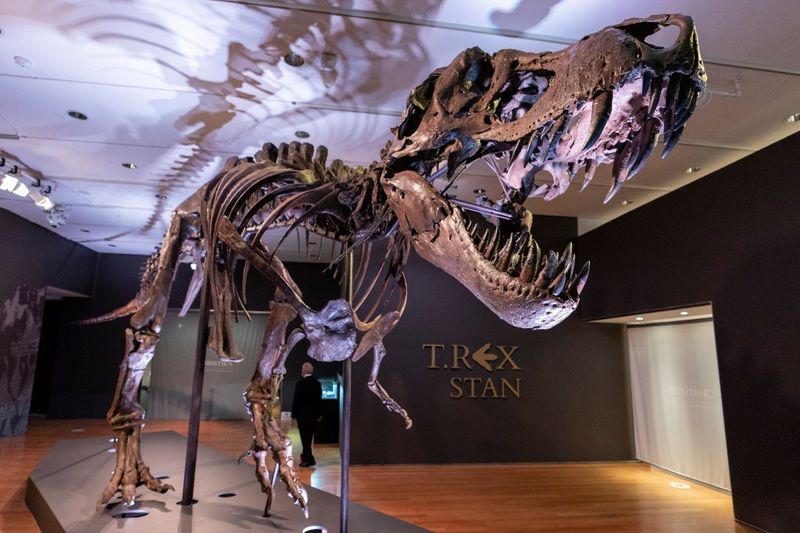
Heated discussions fill conference rooms whenever T. Rex’s homeland comes up. Some experts stand firmly behind the North American native theory, pointing to the rich fossil record found throughout the western United States and Canada.
Others challenge this view with growing evidence suggesting an Asian connection. The debate has split the scientific community, with respected researchers on both sides presenting compelling arguments.
What makes this conversation so difficult is the incomplete nature of the fossil record. Millions of years of geological processes have erased many clues that could definitively settle the question of where these massive predators first evolved.
Some Researchers Have Long Believed T. Rex Evolved In North America
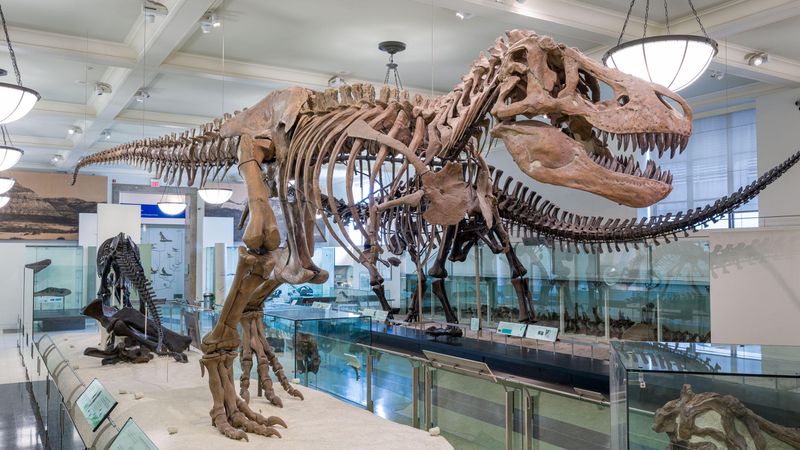
For nearly a century, the traditional view placed T. Rex’s evolutionary story firmly on North American soil. Museum displays across the country proudly showcase this massive predator as a homegrown terror that ruled the prehistoric landscapes of what would become the United States.
The abundance of well-preserved T. Rex fossils in Montana, South Dakota, and Wyoming seemed to confirm this theory. Many complete or nearly complete skeletons have emerged from these regions, creating a compelling case for North American origins.
Famous specimens like “Sue” and “Stan” helped cement the idea that T. Rex was as American as apple pie – just 65 million years older!
But Others Suspect T. Rex’s Roots May Lie Elsewhere
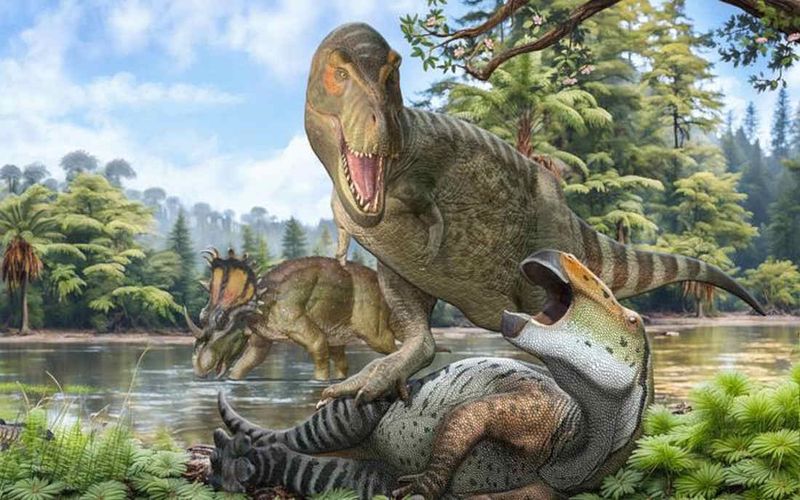
A growing faction of dinosaur experts has begun questioning the North American origin story. Their suspicions center on fossil findings in Asia that show remarkably similar characteristics to early tyrannosaur relatives.
These skeptics point to several smaller tyrannosaur species discovered in China and Mongolia that share key anatomical features with T. Rex. The timeline of these fossils suggests they may represent evolutionary stepping stones that eventually led to the famous giant.
Geological evidence shows that during the Late Cretaceous period, land bridges periodically connected Asia and North America, providing potential migration routes for dinosaur species to travel between continents.
Fresh Evidence Rekindles Debate Over Where T. Rex Came From
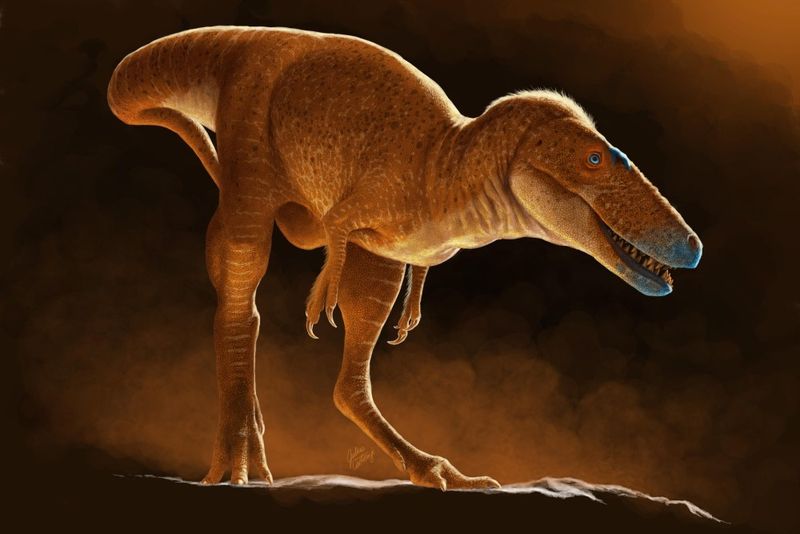
Recently unearthed fossils in Mongolia and China have thrown the scientific community into a frenzy. These discoveries include several tyrannosaur species that share surprising anatomical similarities with T. Rex, despite being millions of years older.
Advanced dating techniques confirm these Asian specimens existed before their North American cousins. Bone structure analysis reveals evolutionary traits that appear to develop progressively from Asian species toward the classic T. Rex form.
Additionally, DNA fragments preserved in some specimens allow for molecular comparisons that weren’t possible before. This fresh evidence has reopened questions about T. Rex’s true homeland and forced scientists to reconsider long-held beliefs about dinosaur migration patterns.
New Study Suggests T. Rex’s Ancestors Migrated From Asia
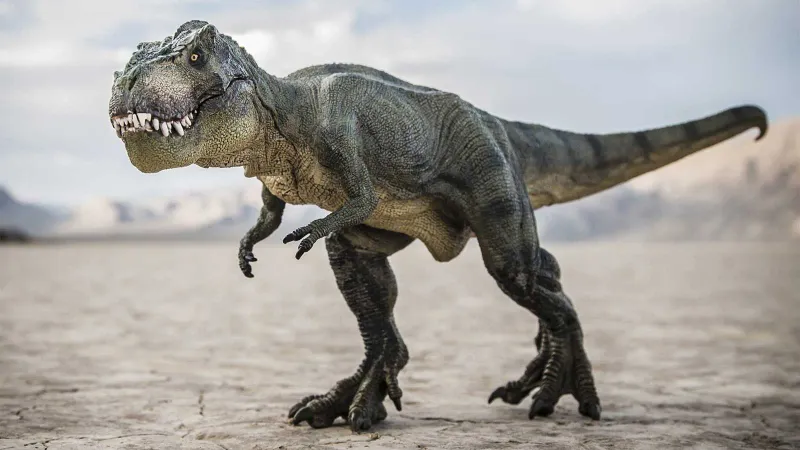
Groundbreaking research published in the Journal of Paleontology reveals an epic journey made by T. Rex’s ancestors. According to this study, tyrannosaurs originated in Asia approximately 100 million years ago as relatively small predators.
Over millions of years, these dinosaurs gradually increased in size and developed the specialized features we associate with T. Rex. The research team identified fossil evidence showing how these creatures spread across what is now China and Mongolia before heading eastward.
Environmental changes during the Late Cretaceous period likely pushed these dinosaurs to explore new territories. Land bridges formed by lower sea levels created perfect highways for these ambitious predators to expand their range into North America.
Researchers Propose A Bering Strait Route For T. Rex’s Ancestors
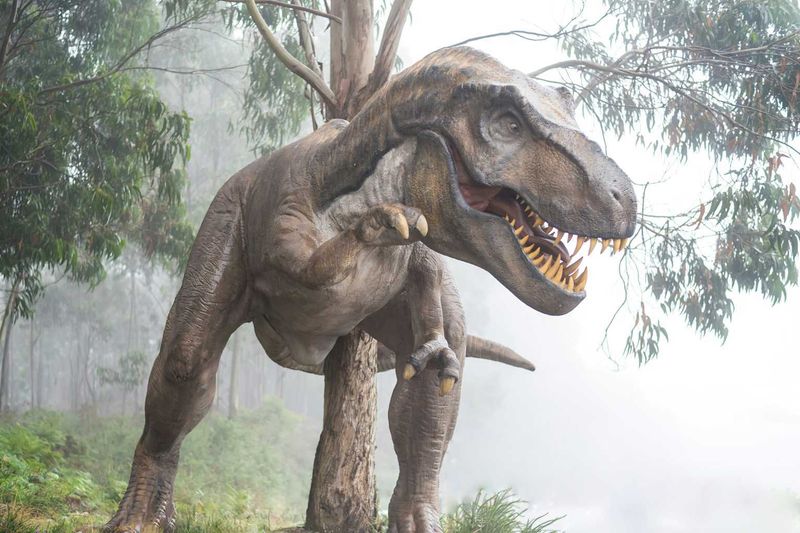
The ancient pathway that may have brought T. Rex’s family to America has been identified as a prehistoric version of today’s Bering Strait. During the Late Cretaceous period, sea levels were significantly lower, creating a wide land bridge between Asia and North America.
This natural highway allowed animals to freely move between continents. Climate data suggests this region had a temperate environment suitable for large predators, with abundant prey animals making the journey worthwhile.
Fossil discoveries on both sides of the modern Bering Strait show remarkably similar tyrannosaur species appearing first in Asia, then later in Alaska and western Canada – exactly the pattern we’d expect if these dinosaurs were migrating eastward.
Fossil Clues Point To An Asian Ancestry For T. Rex
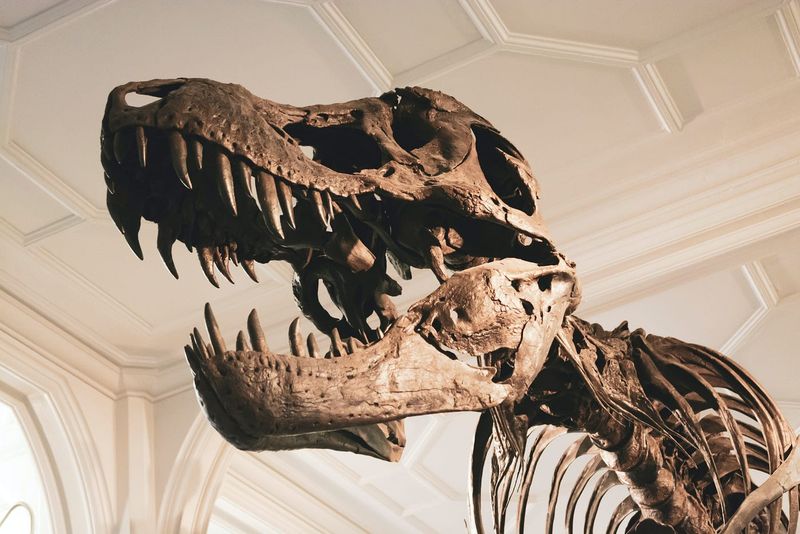
Hidden within the bone structure of T. Rex lie telltale signs of its Asian heritage. Certain skull features, including distinctive ridges above the eyes and unique tooth arrangements, match patterns seen in earlier Asian tyrannosaurs but not in other North American predators.
Foot bones tell a similar story, with specialized adaptations for speed and power that evolved gradually in Asian species before appearing fully developed in North American T. Rex specimens. Even microscopic details in bone composition suggest a connection to Asian ancestors.
These anatomical breadcrumbs create a trail leading back to Asia. When arranged chronologically, they reveal an evolutionary progression that starts in Asia millions of years before the first T. Rex appeared in North America.
The T. Rex Family Tree
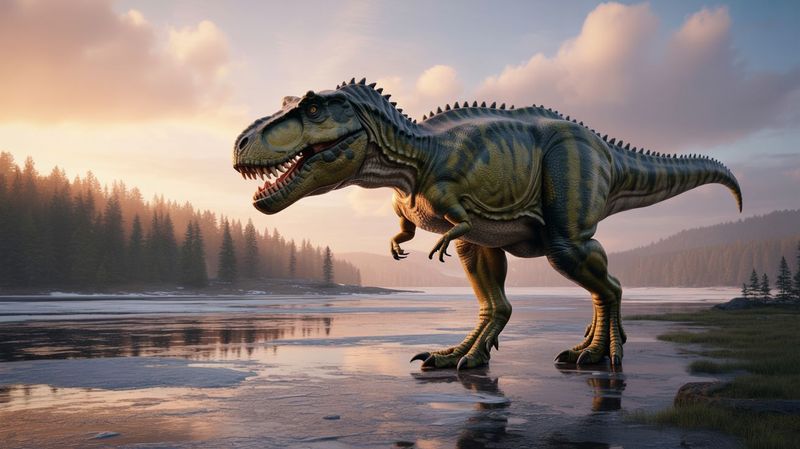
The family album of T. Rex now stretches back further in time and space than we ever imagined. While T. Rex itself lived exclusively in North America, its extended family had a much more cosmopolitan history spanning multiple continents.
Early tyrannosaurs evolved in Asia during the Jurassic period as small, fast predators bearing little resemblance to their famous descendant. These distant relatives gradually developed the characteristic features we associate with tyrannosaurs – powerful jaws, bone-crushing teeth, and keen senses.
This revised family tree rewrites dinosaur history books and changes how we understand prehistoric ecosystems. It suggests that many dinosaur groups may have been more mobile and adaptable than previously thought, crossing continents as environments changed.






